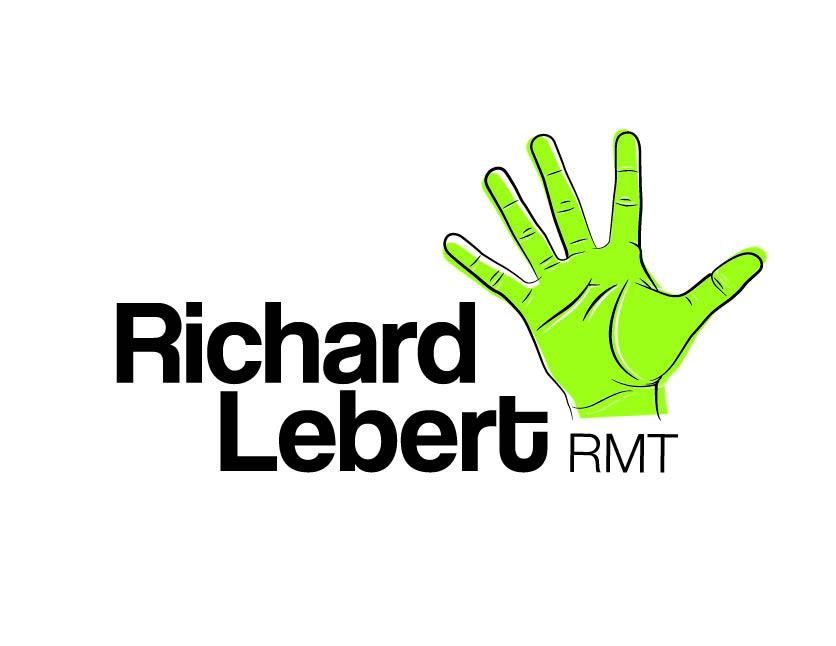Myofascial Triggerpoints: What has changed?
/Myofascial triggerpoints: An evidence informed review
What does the current research say about myofascial triggerpoints?
“The etiology of these sore spots is still not well understood, but that does not deny the existence of the clinical phenomenon.”
A change in thought was sparked by A critical evaluation of the triggerpoint phenomenon published in the journal Rheumatology. This scientific article shines some much needed light on dogmatic view of myofascial triggerpoints, stating that past theories have been "flawed both in reasoning and in science". Some massage therapists take this as a hit against the efficacy of trigger point therapy, which it is not. Instead this article, serves to deconstruct the known etiology of myofascial trigger points, by calling into question long held assumptions about these enigmatic sore spots.
So, what are those sore spots that we continue to work on?
Here we are in 2016, nearly thirty years after the publication of ‘The Big Red Triggerpoint Book’, and there is still no consensus on the etiology of these sore spots. Fortunately the journal Pm&r published a paper that serves to forward our understanding on the subject. Myofascial Trigger Points Then and Now: A Historical and Scientific Perspective, is a narrative review that defines myofascial triggerpoints as “hard, discrete, palpable nodules in a taut band of skeletal muscle that may be spontaneously painful (i.e., active) or painful only on compression (i.e., latent).” Here we are provided a clear definition, but when it comes to the the question of what makes up a myofascial triggerpoint the author acknowledges that the etiology of these sore spots not well understood, and presents a number of alternative explanatory models for the clinical phenomenon that is known as a myofascial trigger point including: neurogenic inflammation, central sensitization, end-plate noise and fascial densifications.
Stepping Back: What is the big picture?
“Myofascial trigger points certainly describe a phenomenon — sore, stiff, aching spots, that seem to at least be partially helped by massage.”
From a clinical perspective, “myofascial trigger points” certainly describe a phenomenon — sore, stiff, aching spots, that seems to at least be partially helped by massage. The issue is that there is still uncertainty on the subject of triggerpoints and researchers are still unsure what tissues are involved and how these change in response to treatment.
Bodies are dynamic and complex, this is why ascribing patients pain solely to myofascial triggerpoints or other tissue-driven pain problem is often an oversimplification of a very complex process. Whether we ‘correcting a local pathology', ‘providing sensory input’ resulting in the descending modulation of pain, or a combination of both, many patients’ continue to benefit from triggerpoint therapy. So even if our explanations have changed, what hasn’t changed is that many aches and pains can at least be partially helped by a combination of: compressions, active release or muscle stripping.
Links for the curious
Arendt‐Nielsen, Lars, and Matteo Castaldo. (2015) MTPs are a Peripheral Source of Nociception. Pain Medicine
Bron, C., & Dommerholt, J. D. (2012). Etiology of Myofascial Trigger Points. Current Pain and Headache Reports.
Chen, Q., Bensamoun, S., Basford, J. R., Thompson, J. M., & An, K. (2007). Identification and Quantification of Myofascial Taut Bands With Magnetic Resonance Elastography. Archives of Physical Medicine and Rehabilitation.
Chen, Q., Wang, H., Gay, R. E., Thompson, J. M., Manduca, A., An, K., . . . Basford, J. R. (2016). Quantification of Myofascial Taut Bands. Archives of Physical Medicine and Rehabilitation.
Simons, D. G. (2008). New Views of Myofascial Trigger Points: Etiology and Diagnosis. Archives of Physical Medicine and Rehabilitation
The RMT Education Project
"Starting The Conversation"
Myofascial Triggerpoints: What has changed? https://t.co/udDgzNY9Gj #pain #thebody #science
— Richard Lebert (@adaptivetherapy) June 6, 2016


